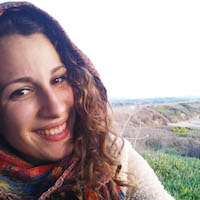More about New Palace
Works at New Palace

Contributor
In Europe, they know how to do palaces right. And New Palace Potsdam is no exception.
Us Americans should take a lesson from Germany, because the White House ain’t got nothing on this royal mansion. Considered to be the last Persian baroque palace, this building was created at the end of the Seven Year War in 1773 to commemorate Prussia’s success. Because Prussia was just sooo stoked on their victory and they saw this building as an opportunity to show the world how powerful and glorious they were, they smothered the place with marble, stone, glitter and gold.
This palace was turned into a museum in the early 1920 and was successful as such until WWII, when Hitler decided Germany needed to be centralized. He abolished Prussia, integrating it into Germany. Luckily, compared to other museums at the time, this one was not ravished too badly by the Soviet Army. Some of the palaces treasures and tons of the furniture was taken, but most items were ultimately recovered and brought back after the war.
The palace thus survived, and is still quite grandiose. It has two hundred rooms including a home theater (which is still in use today), and some giant festival halls. While big old buildings give me the creeps, I bet you could throw an epic party at Potsdam.
Featured Content
Here is what Wikipedia says about New Palace, Potsdam
The New Palace (German: Neues Palais) is a palace situated on the western side of the Sanssouci park in Potsdam, Germany. The building was begun in 1763, after the end of the Seven Years' War, under King Friedrich II (Frederick the Great) and was completed in 1769. It is considered to be the last great Prussian Baroque palace.
Check out the full Wikipedia article about New Palace, Potsdam















